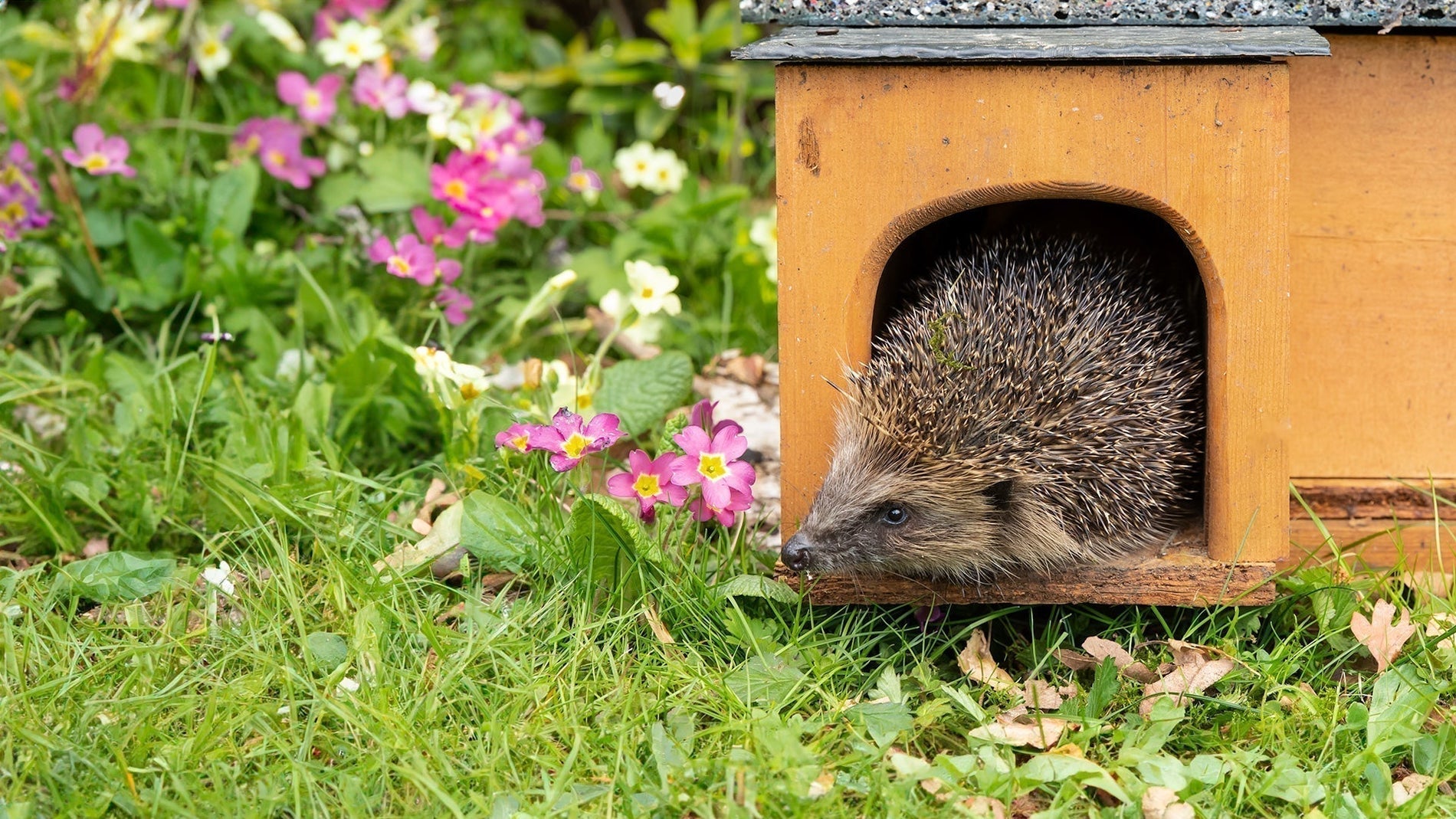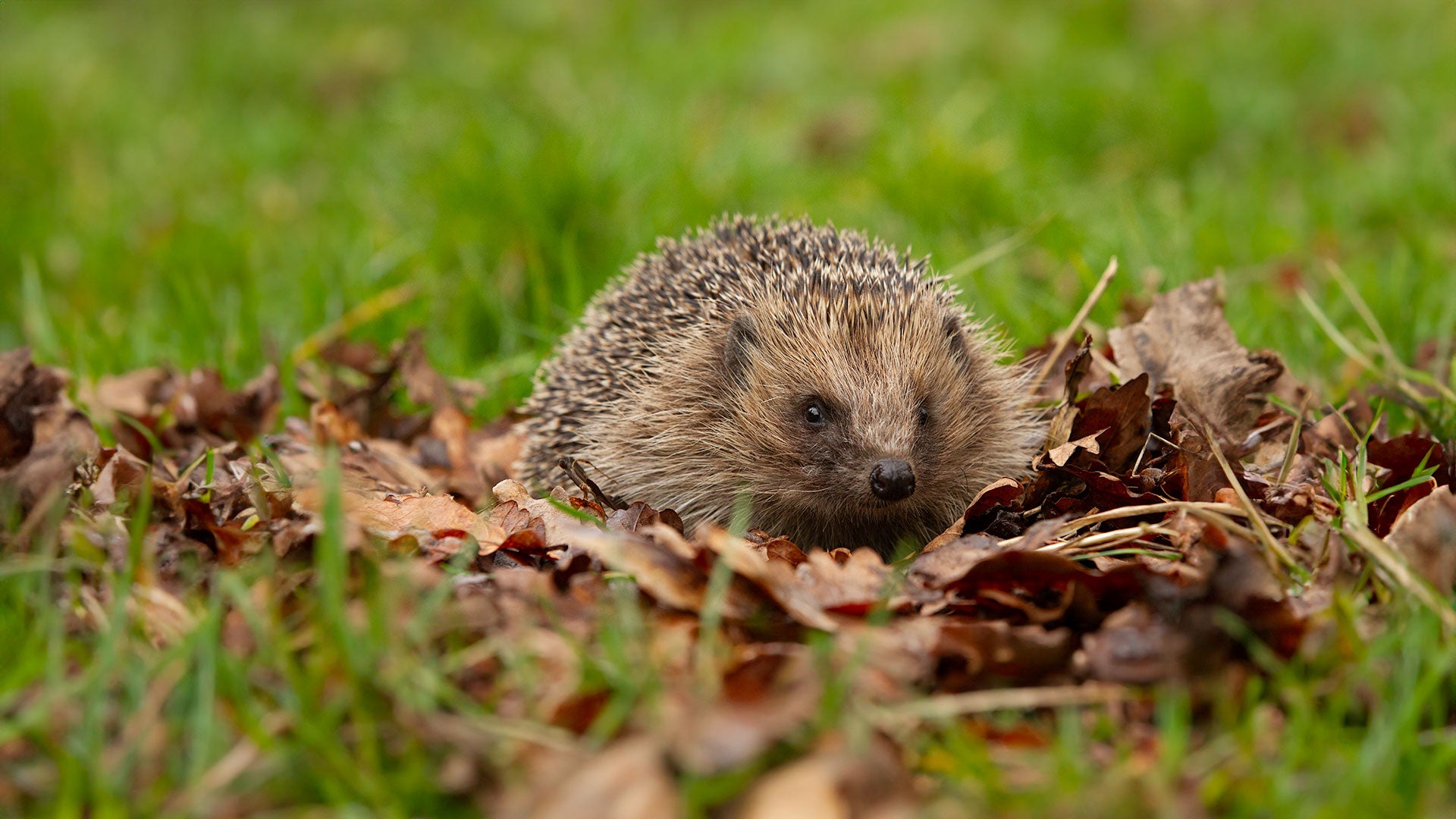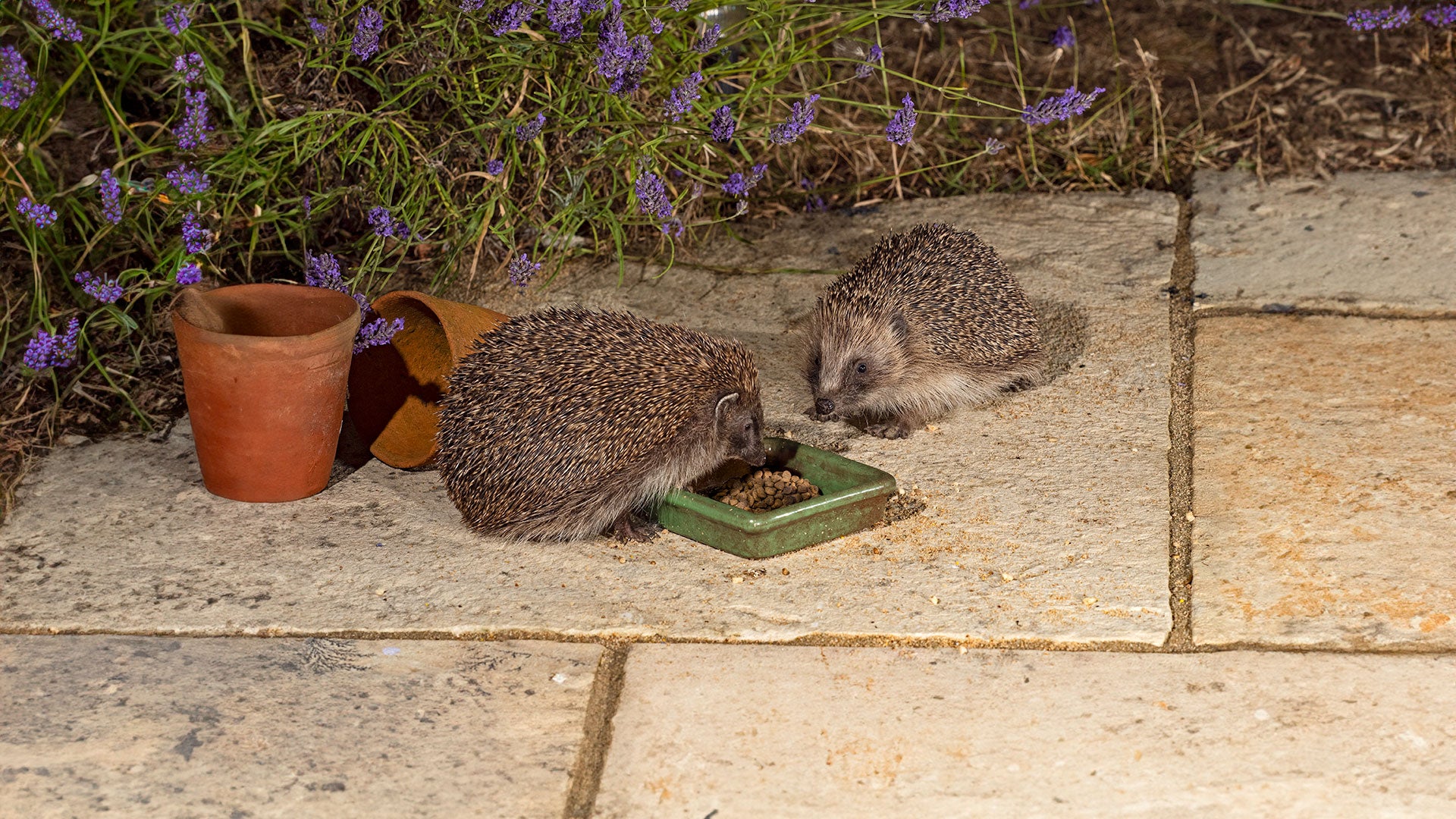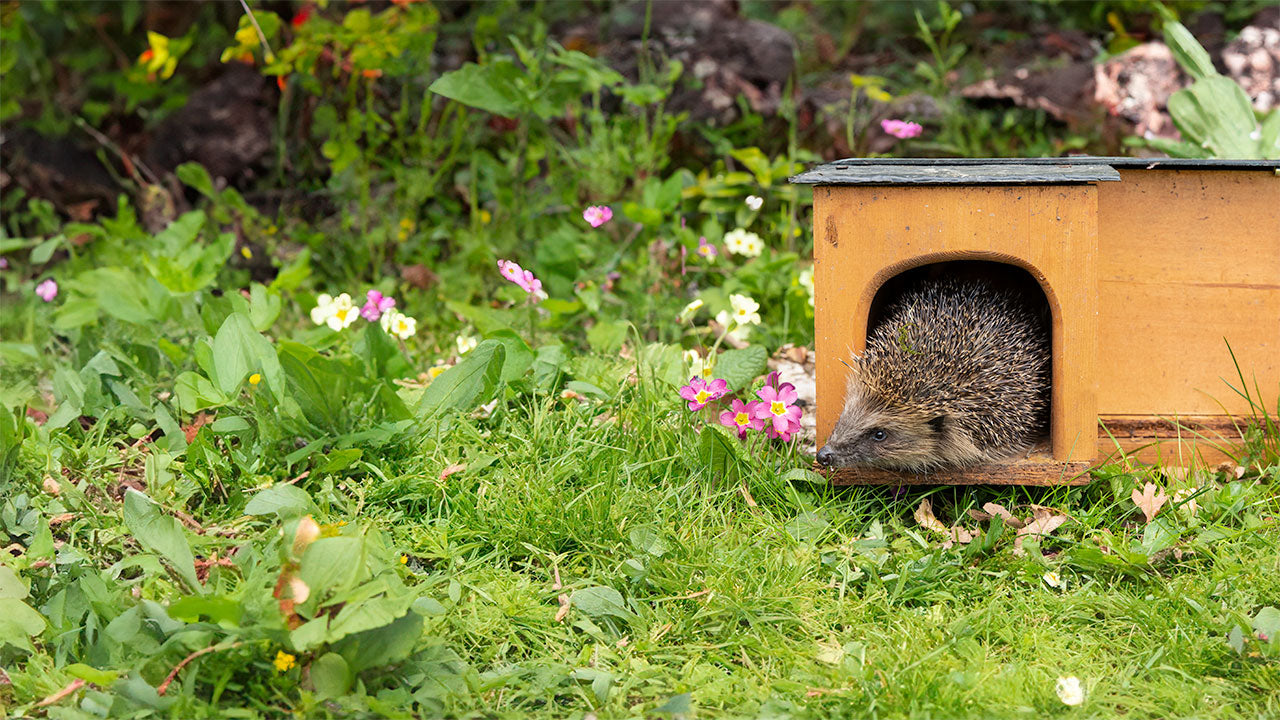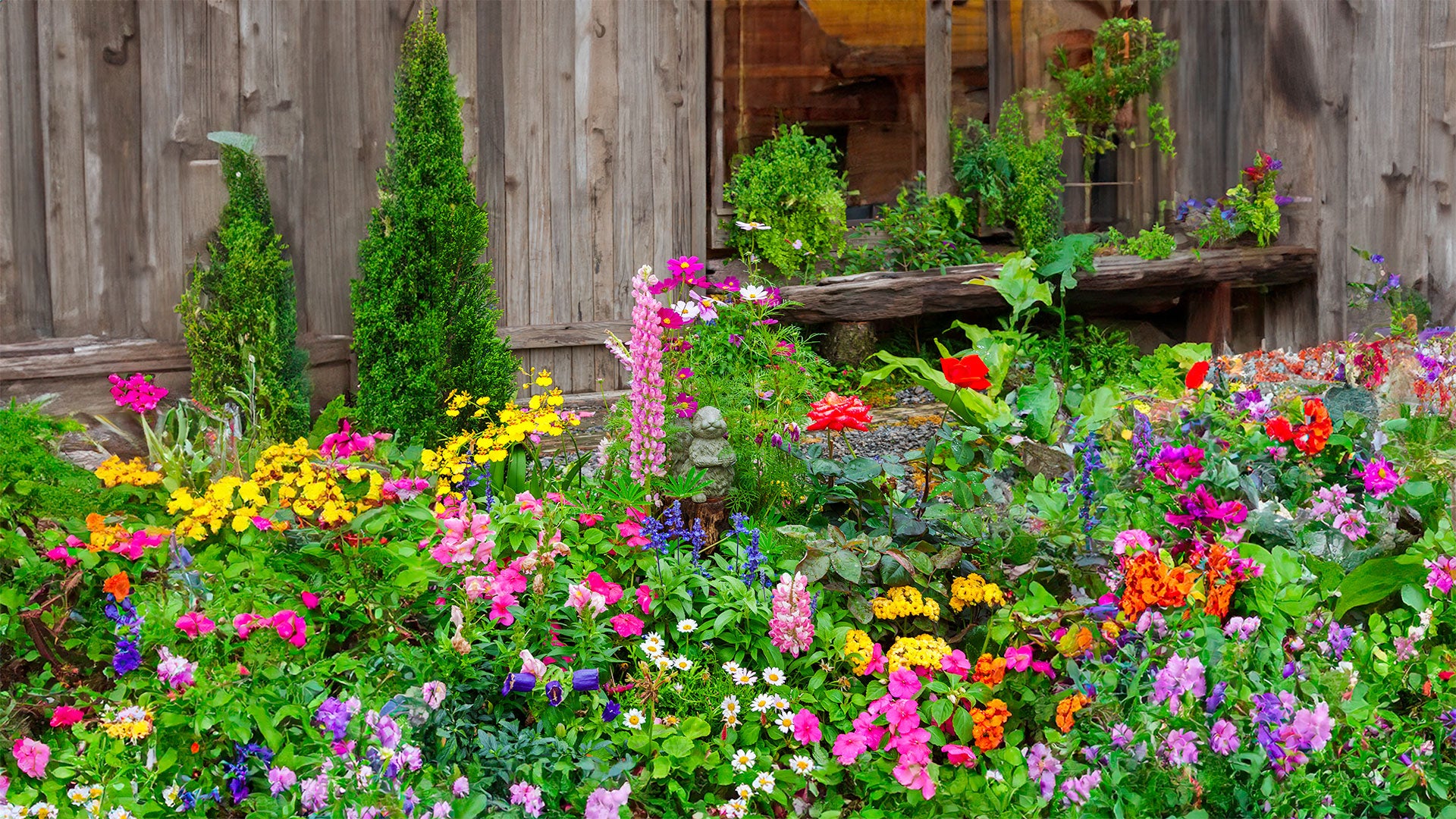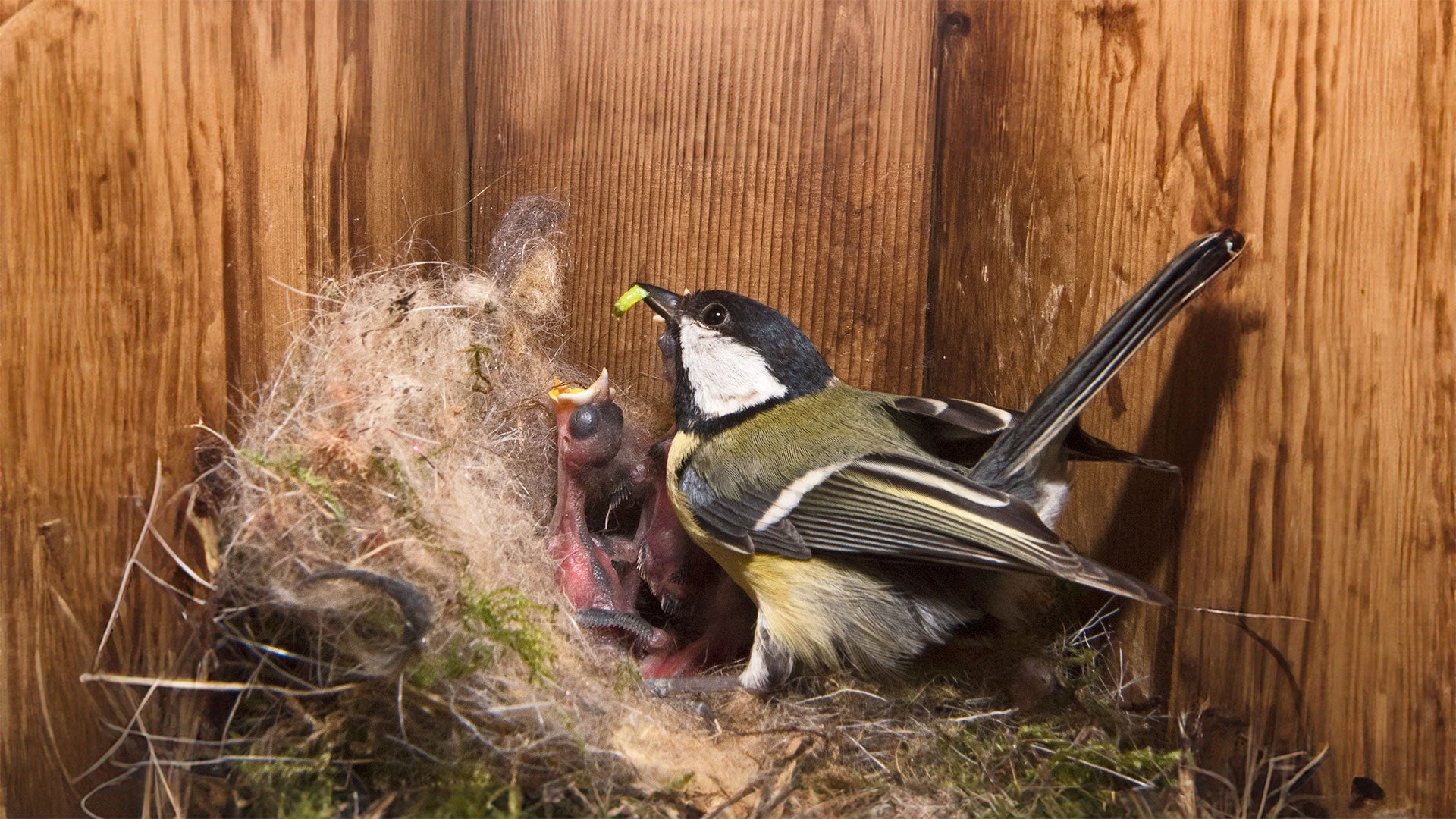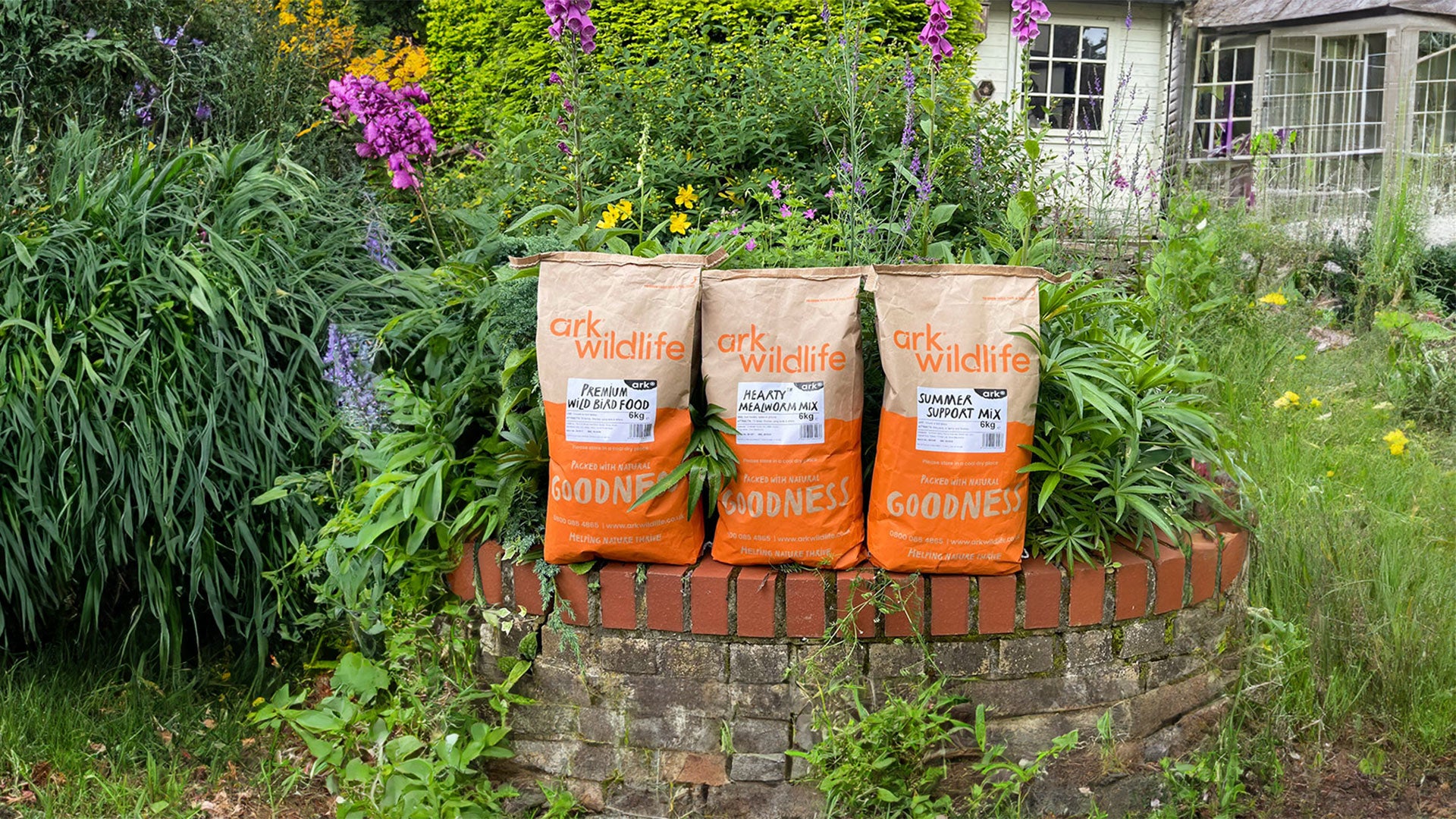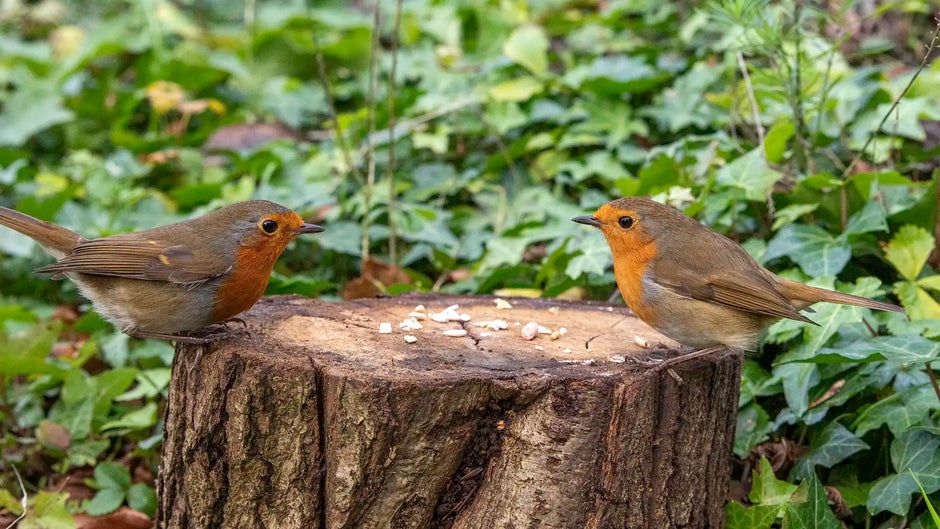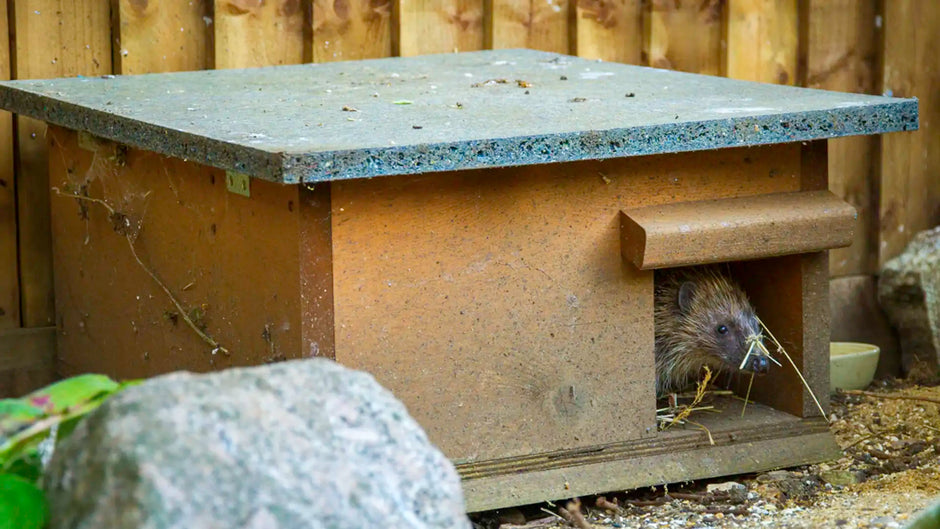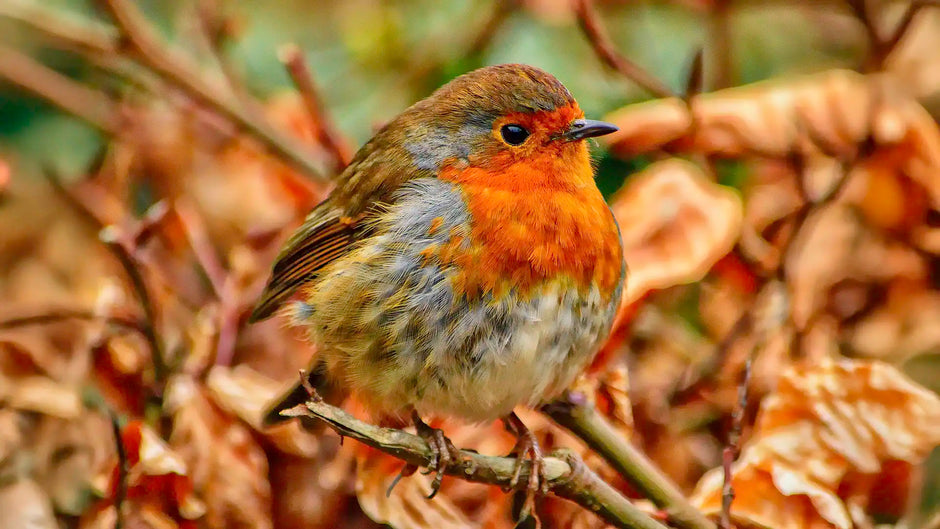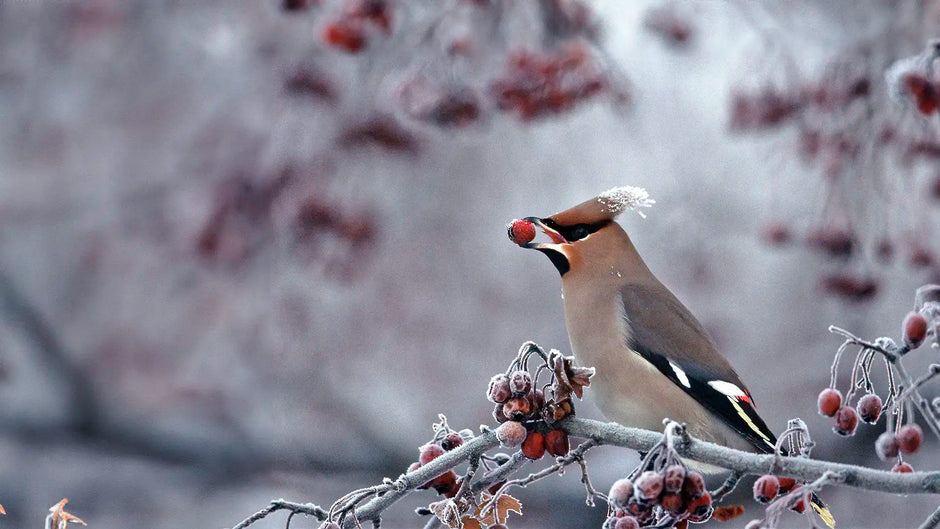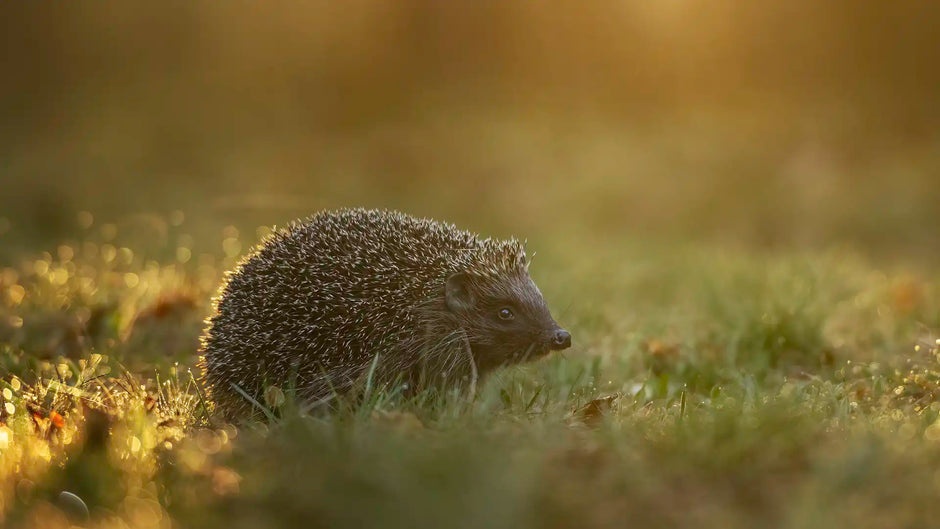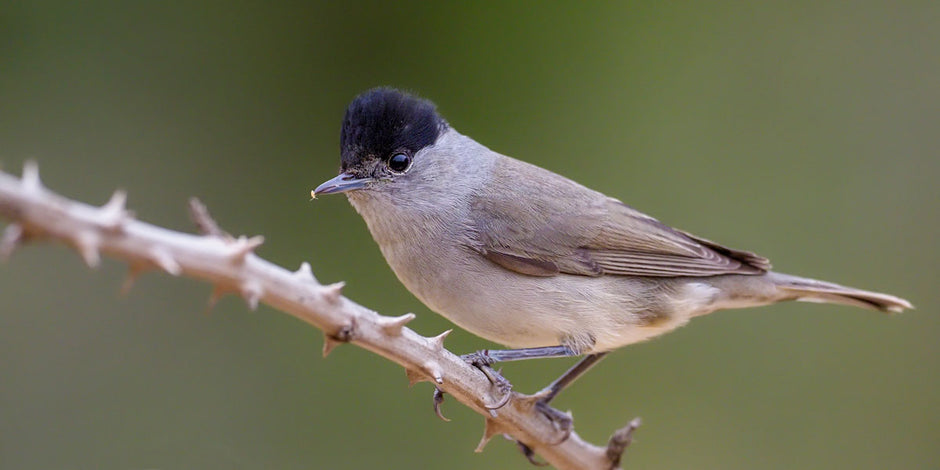The UK’s #1 Bird, Hedgehog & Wildlife Food Shop
Ark Wildlife helping hedgehogs thrive for over 30-years - from nutritious hedgehog food to safe houses and feeding stations.
Rated 5-⭐⭐⭐⭐⭐ by Customers, with FREE Express Delivery and 60-Day Product Guarantee.
Hedgehogs are undeniably charming creatures. They play a vital role in maintaining the balance of our ecosystems by acting as nature's pest controllers, feasting on common garden nuisances. Yet, their survival faces ever-increasing challenges as our environment changes. To protect and preserve hedgehogs, providing them with safe havens during hibernation is crucial. In this article, we will discuss how you can protect the hedgehogs in your garden by providing them with a home during the hibernation period. By the end of this read, you'll not only be informed but inspired to create a welcoming sanctuary for these delightful visitors in your own garden.
Why provide a hedgehog house for hibernation?
Hedgehogs are native to many parts of Europe and the UK, and their populations have been declining due to habitat loss and other factors. Offering them a hedgehog house provides several benefits including:
Protection from harsh weather: Hedgehogs are small and vulnerable to extreme weather conditions. Providing a cosy house keeps them safe from the elements during the cold winter months.
Safe hibernation: Hedgehogs hibernate from late autumn until early spring. A secure hedgehog house encourages them to hibernate, which is essential for their survival during the winter.
Breeding ground: Hedgehog houses also serve as a safe space for mothers to give birth to their hoglets and nurse them.
Natural pest control: Hedgehogs are excellent natural pest controllers. By creating a suitable habitat for them, you can help reduce the population of insects harmful to your garden.

Where to put your hedgehog house?
Location is vital when setting up a hedgehog house. Here's how to choose the perfect spot:
Quiet and undisturbed: Select a quiet and undisturbed area in your garden. Hedgehogs prefer quiet corners away from human or pet activity.
South or west-facing: Position the house so that it faces south or west, where it can receive sunlight during the day, but ensure it's shaded during the hottest parts of the day.
The UK’s #1 Bird, Hedgehog & Wildlife Food Shop
Ark Wildlife helping hedgehogs thrive for over 30-years - from nutritious hedgehog food to safe houses and feeding stations.
Rated 5-⭐⭐⭐⭐⭐ by Customers, with FREE Express Delivery and 60-Day Product Guarantee.
Elevated and dry: Place the house on an elevated surface, such as bricks or logs, to prevent water from entering during heavy rains. A dry interior is essential for a safe hibernation environment.
Accessible entrance: Ensure there’s easy access to the entrance of the house without any obstacles. Hedgehogs will enter and exit through this opening, so it should be clear.
Covered with vegetation: Some cover from vegetation, like shrubs or ground cover, can provide additional protection and camouflage for the hedgehog house.
What to put in your hedgehog house?
Creating a cosy and welcoming home for hedgehogs requires careful consideration of their needs. Line the floor with dry leaves or straw to provide insulation and comfort. Ensure the entrance is small to deter predators and weatherproof it with a slight overhang. Hedgehogs appreciate a soft bedding material like hay or shredded newspaper for warmth. A hinged lid makes it easy to clean and check on your spiky visitors. Finally, place the house in a quiet, sheltered spot in your garden, with a clear, easy-access path for hedgehogs to come and go.

When to put out your hedgehog house for hibernation
The ideal time to put out a hedgehog house for hibernation is in late autumn, typically from mid-October to early November. This timing aligns with when hedgehogs naturally begin their hibernation period. Ensure the hedgehog house is situated in a sheltered, quiet, and secluded spot within your garden, preferably facing away from prevailing winds. Make sure it's free from disturbances, as hedgehogs are sensitive to noise and light during hibernation.

How to maintain your hedgehog house
Maintaining a hedgehog house is essential for the wellbeing of these adorable garden visitors. Regular care ensures a safe and inviting habitat for these nocturnal creatures. Cleaning the house every once or twice a year, and removing any old bedding and debris. Replace it with fresh, dry leaves or straw for insulation.
Check for any damage or leaks in the roof and repair them promptly to keep the interior dry. Keep the entrance clear of obstructions. Monitoring the house's occupants through a wildlife camera can help you assess their health and behaviour. Finally, provide a shallow dish of fresh water and food for hedgehogs, preferably a few feet away from the house for hedgehog nourishment. By following these maintenance steps, you'll create a welcoming hedgehog haven in your garden.
By providing an Ark Wildlife hedgehog house for hibernation, you’re not only helping these endearing creatures survive the winter, but also contributing to the overall biodiversity of your garden. Hedgehogs play an important role in natural pest control, and as such, they are valuable allies to gardeners and conservationists alike.
